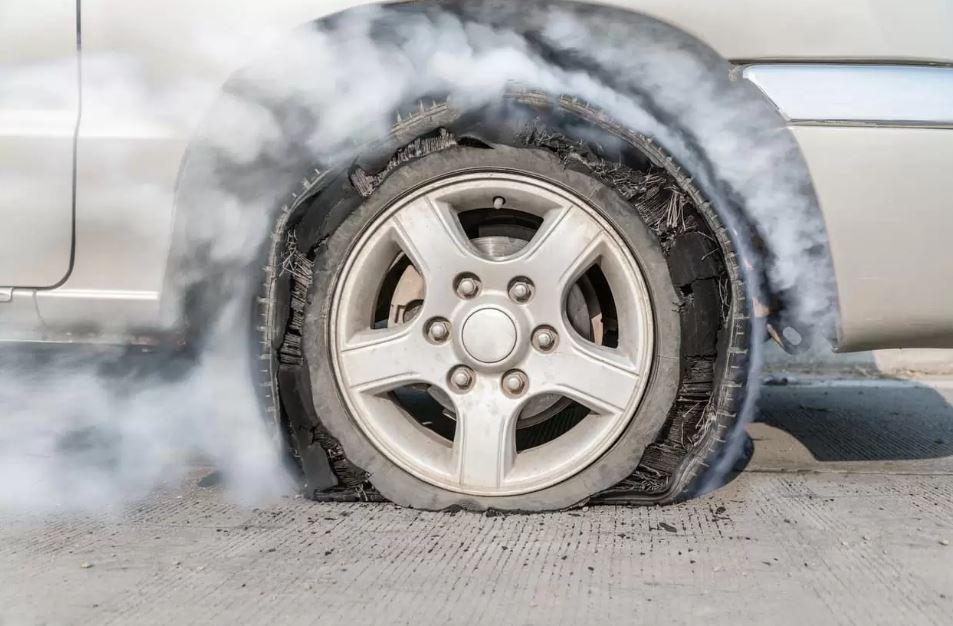A flat tyre can throw a wrench in even the most meticulously planned journey. But fear not, fellow motorists! With a little knowledge and preparation, you can tackle this common inconvenience with confidence. This guide by Car Removal Company in Darwin equips you with the know-how to change different types of tyres and kits, empowering you to get back on the road swiftly and safely.
Knowing Your Enemy: Identifying Tyre Types
Before diving into the how-to, let’s familiarize ourselves with the different types of tyres you might encounter:
- Standard Pneumatic Tyres: These are the most common, with air-filled chambers enclosed by rubber. They come in various sizes and performance levels, suitable for different cars and driving needs.
- Run-Flat Tyres: These reinforced tyres allow you to drive a limited distance (usually 50-80 kilometers) even when punctured, thanks to their stiffer sidewalls.
- Solid Tyres: These tyres are made of solid rubber or plastic, eliminating the risk of punctures but offering a harsher ride and less grip.
Knowing your car’s tyre type is crucial, as it determines the tools and procedures needed for changing it. Consult your owner’s manual or tyre information label for this crucial detail.
Gearing Up: Equipping Your Kit
Now, let’s assemble your tyre-changing toolkit:
- Jack: This tool lifts your car to provide clearance for removing the flat tyre. Ensure it has the proper capacity for your vehicle weight.
- Lug wrench: This tool loosens and tightens the lug nuts securing the tyre to the wheel hub. Choose the right size and type for your car.
- Spare tyre: Most cars come with a spare tyre and rim stored in the trunk. Check its inflation pressure regularly.
- Wheel wedges: These stabilize your car to prevent it from rolling while you work.
- Flashlight: Essential for low-light conditions or roadside emergencies.
- Gloves: Protect your hands from dirt and grease.
- Safety vest: Enhance your visibility to other motorists.
Remember, some car models might require additional tools like a hubcap removal tool or a specific jack adapter. Consult your owner’s manual for complete details.
Conquering the Challenge: Changing Tyres Step-by-Step
While specific procedures may vary slightly depending on your car and tyre type, the general steps remain similar:
- Park your car on a level and stable surface, away from traffic. Engage the parking brake and chock the wheels opposite the one you’ll be changing to prevent rolling.
- Turn on your hazard lights and activate your emergency parking brake for added visibility.
- Locate the jack points on your car’s frame, marked in your owner’s manual. Position the jack securely under the designated point and raise the car until the flat tyre is slightly off the ground.
- Use the lug wrench to loosen the lug nuts, turning them counter-clockwise, slightly before lifting the car completely. Don’t remove them entirely yet.
- Once the car is at a suitable height, remove the lug nuts completely and store them safely.
- Carefully slide the flat tyre off the hub. If you have hubcaps, remove them first.
- Mount the spare tyre, aligning the lug holes with the corresponding studs on the hub. Push it firmly onto the hub until it seats correctly.
- Reattach the lug nuts by hand, screwing them clockwise onto the studs. Tighten them snugly in a star pattern to ensure even pressure.
- Lower the car using the jack, stopping just before the tyre touches the ground. Use the wrench to tighten the lug nuts firmly, following the star pattern again. Double-check the tightness after lowering the car completely.
- Store the flat tyre and tools securely in the trunk.
- Remember to get your flat tyre repaired or replaced professionally as soon as possible. Run-flat tyres have limited use after a puncture, and riding on a spare is also a temporary solution.
visit: https://pscarremoval.com.au/cash-for-cars/
Beyond the Basics: Additional Tips
- Practice changing a tyre at home in a safe environment before facing a real emergency. This builds confidence and familiarity with the process.
- Consider purchasing a roadside assistance plan. This can provide peace of mind and professional help in case you encounter a tyre change situation beyond your comfort level.
- Stay informed about your car’s specific tyre changing procedures. Consult your owner’s manual for any unique steps or warnings related to your vehicle.
By equipping yourself with knowledge, the right tools, and a bit of practice, you can transform a flat tyre from a stressful inconvenience into a manageable challenge. Remember, safety is paramount, so prioritize following proper procedures and seeking professional help when needed. Happy (and trouble-free) motoring!
Read More: Home
